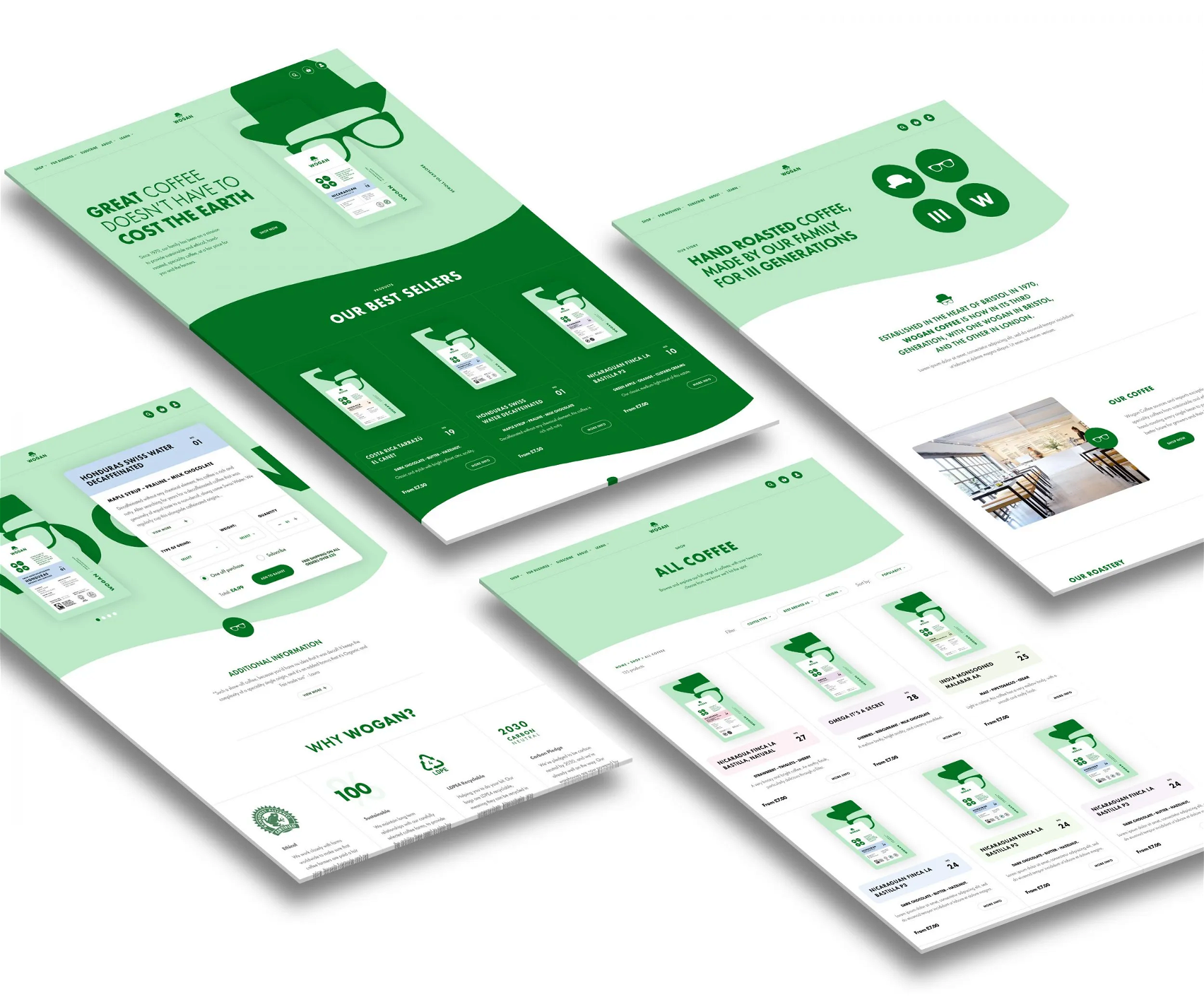The Ultimate E-Commerce Website Guide: 10 Tips for Success

Originally published June 2023 | Updated June 2025
If you’re thinking of launching an online store in 2025, congratulations — you’re entering the internet’s biggest, busiest, and most brutally competitive high street. A place where you can buy a single grape, a haunted doll, or a live tarantula with next-day delivery.
So yes, anything can be sold online. But selling well? That takes a bit more.
This guide is for e-commerce brands that want to build stores that convert, not just exist. Whether you’re just starting out or you’ve already got a Shopify site gathering dust, here are 10 tips that’ll actually move the needle.
Key stats (so you know what you’re up against):
- Global e-commerce sales are set to grow another 10.4% in 2025.
- 91% of purchases now happen on mobile — so if your site isn’t responsive, you’re invisible.
- 22% of online shoppers bounce due to slow shipping.
- 57% of shoppers buy internationally.
- And by 2026, nearly 1 in 4 retail purchases will happen online.
*Thanks to Forbes for the stats referenced above.
10 ways to make your e-commerce site work harder
1. Choose the right platform (for now and later)
Shopify is the go-to for a reason — we’ve used it to grow traffic by 49% for clients like Little’s Coffee. But don’t sleep on WooCommerce or Magento, especially if you need more flexibility. Look for a platform that suits your size, budget, and ambition — with easy integrations, security, and customisation options.
2. Optimise for mobile like your life depends on it
Because it kinda does. With 91% of customers buying on phones, mobile UX isn’t optional. Design, speed, tap targets, thumb zones all need to be fully-optimised.
3. Let your products do the talking
You don’t get to give your customer a tour IRL — your photos are the shop assistant. Crisp, clean, zoomable product imagery is essential. Show angles, context, textures. Just remember to compress your files — no one’s waiting 15 seconds to see a teacup.
4. Make checkout stupidly simple
No pop-ups, no 17-field forms, no hoops. Just a clean path to purchase. Offer guest checkout, one-tap options like Apple Pay, and as few steps as possible. Fewer clicks = more conversions.
5. Secure, but not scary
Your security setup shouldn’t feel like a locked-down bunker. Use trust badges, clear privacy policies, and secure payment flows — without making the customer feel like they’ve triggered a bank heist alarm.
6. Help them find what they want (fast)
Great search = great UX. Add filtering, sorting, and relevant recommendations. If someone searches for “blue mug,” don’t show them black trousers.
Bonus points for personalised results based on previous browsing or bestsellers.
7. Personalise everything (properly)
Use data to give people the kind of experience they actually want. That could be:
- Smart product recommendations
- Tailored email campaigns
- Special offers for return customers
- Segmented UX for B2B vs B2C (like we did for Wogan Coffee)
Personalisation isn’t creepy when it’s helpful.
8. Put social proof everywhere
People trust other people. Show reviews, testimonials, ratings, shares, and UGC wherever it makes sense. Bonus: social proof helps with SEO and conversions.
If it looks too good to be true, it is — unless there’s a happy customer saying otherwise.
9. Treat customer service like a conversion tool
Live chat. Clear FAQs. A visible contact page. The best e-commerce sites don’t just sell — they support.
And support doesn’t stop at the inbox. Build trust by giving people the info they need upfront — sizing, shipping, ingredients, or sustainability policies. When we worked with Aardvark (the insect-protein pet food brand), “The Science” page became a vital trust-builder.
10. Don’t ignore SEO — it’s free traffic
Optimise every product description, URL, title tag, and meta description with real keywords your audience is actually searching. Not sure what those are? Start with keyword research.
Then go beyond the product pages — create genuinely helpful content, from how-to guides to blog posts. You’re building a brand, not just a shop.
Final thought: your site should do more than exist
If you want to scale your e-comm business, a pretty homepage isn’t enough. You need a frictionless UX, standout branding, clear messaging, and a customer journey that works for your audience and your bottom line.
We build e-commerce websites that actually convert — then help clients optimise, market, and grow them. If you’re ready to get more from your online store, you know where to find us.
Interested in working with KOTA?
Drop us a line at
hello@kota.co.uk
We are a Creative Digital Agency based in Clerkenwell London, specialising in Creative Web Design, Web Development, Branding and Digital Marketing.






